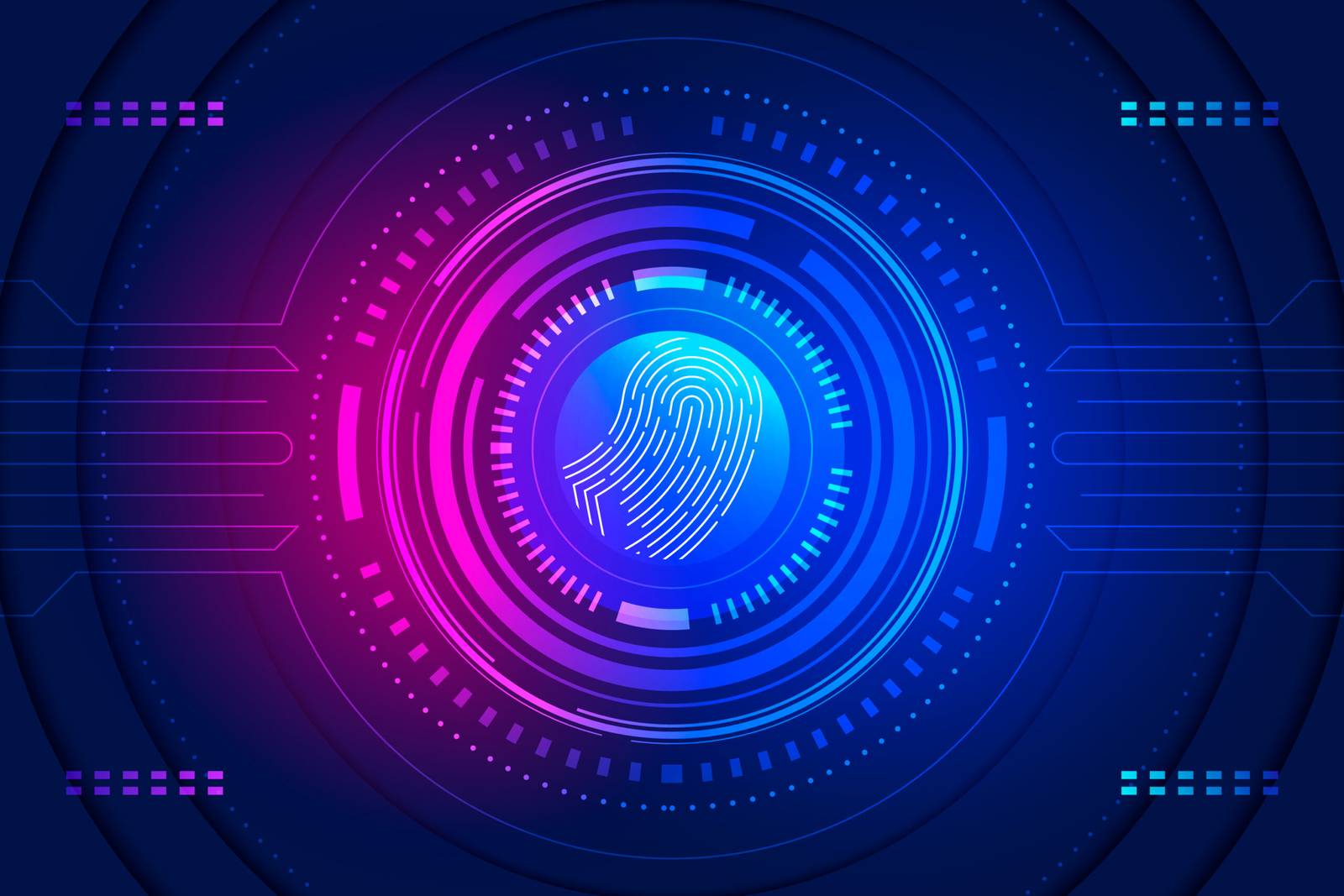Future of Security: Biometrics & Identity

by Web Digital
In an increasingly digitized world, where our lives are intertwined with technology, ensuring personal security has become a paramount concern. The traditional methods of securing personal information, such as passwords and PINs, are proving to be inadequate in the face of sophisticated cyber threats and identity theft. As a result, the future of personal security lies in biometrics and identity verification technologies.
Biometrics, the science of using unique physical and behavioural traits for identification, has gained significant traction in recent years. From fingerprints and facial recognition to voice and iris scans, biometric authentication methods offer a promising solution to the ever-evolving challenges of personal security.
The Weakness of Traditional Methods
Passwords have been the go-to method for securing online accounts and devices for decades. However, their vulnerability to hacking and social engineering attacks has become painfully evident. In the age of data breaches and cyberattacks, relying solely on passwords is like leaving the front door to your digital life wide open.
Furthermore, the human tendency to use weak or easily guessable passwords, and the challenge of remembering multiple passwords for various accounts, has led to poor security practices. This leaves individuals vulnerable to identity theft, financial fraud, and unauthorized access to sensitive information.
The Rise of Biometrics
Biometric authentication methods offer a more robust and user-friendly alternative to traditional passwords. By relying on unique physical and behavioural characteristics, biometrics ensure a higher level of security. Here are some of the most commonly used biometric technologies:
1. Fingerprint Recognition: Fingerprint sensors are now integrated into many smartphones and laptops, making it a convenient and widely adopted biometric authentication method. Each person’s fingerprint is unique, and the chances of two people having identical fingerprints are infinitesimal.
2. Facial Recognition: Facial recognition technology has made significant strides in recent years. It uses algorithms to map and identify distinctive features of a person’s face, providing a seamless and secure way to unlock devices or access secure areas.
3. Voice Recognition: Your voice is as unique as your fingerprint. Voice recognition technology analyzes the pitch, tone, and other vocal characteristics to confirm your identity.
4. Iris and Retina Scans: Iris and retina scans involve capturing the unique patterns in your eye. These methods are highly accurate and are often used in high-security environments.
5. Behavioral Biometrics: This includes analyzing patterns of behaviour, such as typing rhythm, mouse movement, and even the way you hold your smartphone. Behavioural biometrics can help verify identity continuously during an online session, offering an added layer of security.
The Advantages of Biometrics
Biometrics offer several advantages over traditional authentication methods:
1. Stronger Security: Biometric identifiers are incredibly difficult to replicate or steal, providing a higher level of security against identity theft.
2. Convenience: Biometric authentication is often more convenient than typing passwords or PINs, leading to better user experiences.
3. Reduced Password Fatigue: With biometrics, users no longer need to remember complex passwords for multiple accounts, reducing the risk of using weak passwords or falling victim to phishing attacks.
4. Enhanced User Privacy: Unlike passwords, which can be shared or stolen, biometric data is unique to each individual, enhancing privacy and reducing the risk of unauthorized access.
5. Multi-Factor Authentication (MFA): Biometrics can be combined with other authentication factors, such as a password or a smart card, to create a multi-factor authentication system that is even more secure.
Challenges and Concerns
While biometrics offer significant advantages, they are not without challenges and concerns. Some of the key issues include:
1. Privacy Concerns: Storing and using biometric data raises privacy concerns. People worry about the misuse or mishandling of their biometric information.
2. Data Security: As with any data, biometric data must be securely stored and protected from breaches. A breach of biometric data could have serious consequences.
3. False Positives and Negatives: Biometric systems are not infallible and can sometimes produce false positives (granting access to unauthorized users) or false negatives (denying access to authorized users).
4. Standardization: There is a need for industry standards to ensure compatibility and interoperability between different biometric systems and devices.
The Future of Biometrics and Identity Verification
As technology continues to advance, the future of personal security will likely be increasingly shaped by biometrics and identity verification. here are some trends and developments to keep an eye:
1. Biometrics in Everyday Life: Biometric authentication will become even more integrated into our daily lives, from unlocking smartphones to accessing bank accounts and even boarding flights.
2. biometrics in Healthcare: The healthcare industry is exploring the use of biometrics for patient identification and electronic health records access to improve patient safety and data security.
3. Continuous Authentication: Continuous authentication, using behavioural biometrics, will become more common, reducing the risk of unauthorized access during an online session.
4. Improved Security Measures: As biometric technology matures, it will become even more secure, with advanced anti-spoofing measures to detect and prevent fraudulent attempts.
5. Ethical Considerations: There will be ongoing discussions and debates about the ethical use of biometrics, with a focus on issues like consent, data ownership, and potential biases in facial recognition systems.
Conclusion
Biometrics and identity verification technologies are poised to play a pivotal role in the future of personal security. As we navigate an increasingly digital world, the need for robust and user-friendly authentication methods has never been greater. While there are challenges and concerns to address, the benefits of biometrics in terms of security, convenience, and privacy are undeniable. As technology continues to evolve, biometrics will continue to evolve with it, shaping a safer and more secure future for individuals and organizations alike.
Recommended Posts

The Importance of a Strong Brand Identity in Canada
September 13, 2025

Web Design Trends in Toronto for 2025
September 12, 2025

Virtual Tours: Discovering Chatham’s Attractions from Home
November 11, 2024
